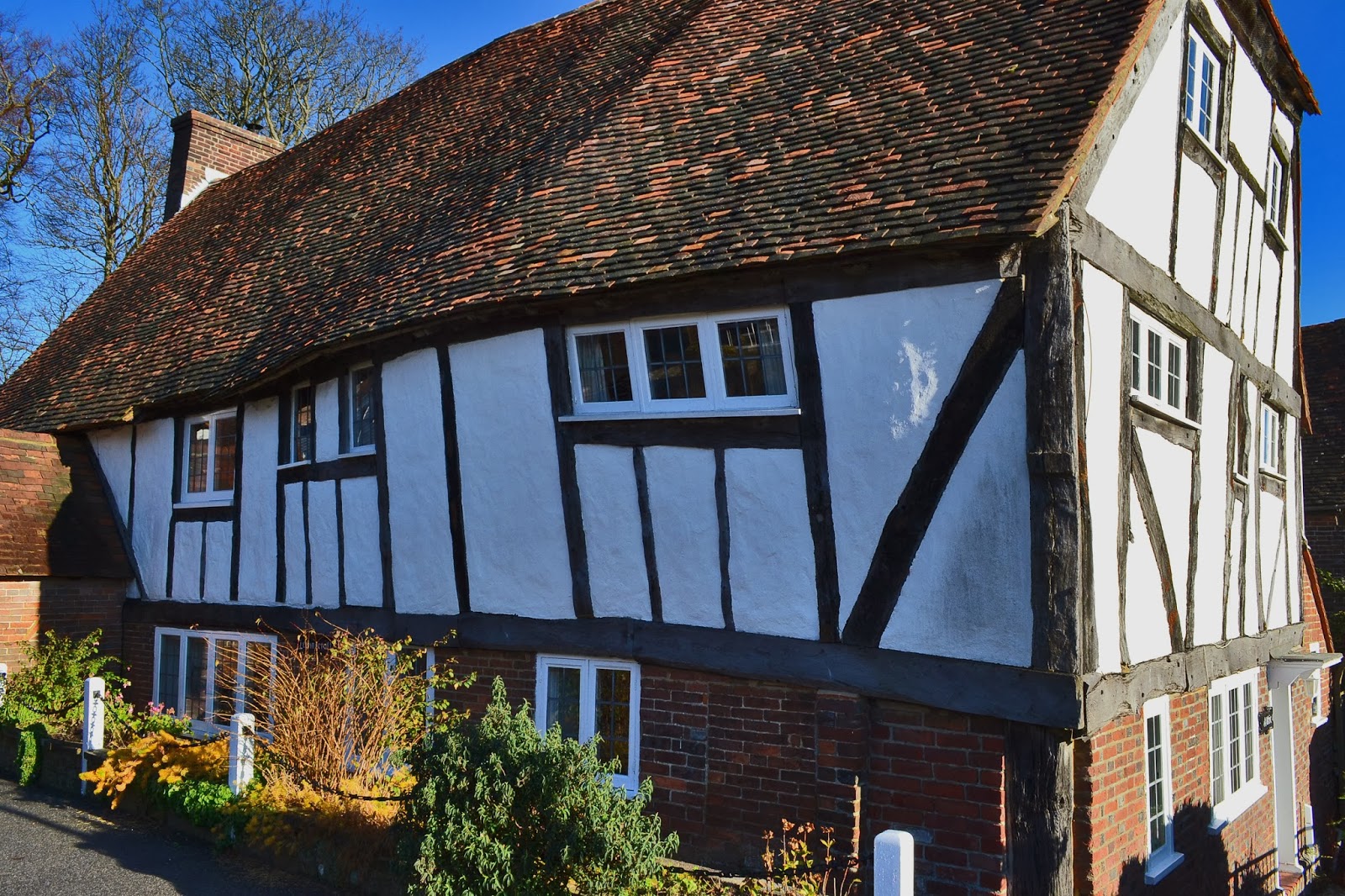Saturday, 25 January 2014
Monday, 20 January 2014
Monday, 13 January 2014
Thursday, 9 January 2014
Monday, 6 January 2014
Festive Wreaths
Wreaths are made of various evergreens, signifying continuous life. The laurel signifies victory over persecution and suffering; pine, holly, and yew, immortality; and cedar, strength and healing. Holly also has a special Christian symbolism: the prickly leaves remind of the crown of thorns, and one English legend tells of how the cross was made of holly. The circle of the wreath, which has no beginning or end, symbolizes eternity and the immortality of the soul. Any pine cones, nuts, or seedpods used to decorate the wreath also symbolize life and resurrection
Thursday, 2 January 2014
Battle Abbey - Dartor
Tradition has it that before the Battle of Hastings in 1066, William of Normandy vowed to build an abbey if he was victorious.
No later than 1070, King William 'the Conqueror', as he now was, marked his victory by establishing a great Benedictine abbey at Battle. On the one hand, this important religious foundation would serve as a memorial to the dead, and could be seen as a public act of atonement by the king for the bloodshed caused. Even the abbey's own chronicler was to later write that the fields had been 'covered in corpses, and all around the only colour to meet the gaze was blood-red'. But there was another purpose to the foundation, one reflecting the more calculating side of William's nature: it would stand as a symbol of the Norman triumph. Indeed, the abbey chronicler reports the king's insistence that the high altar in the abbey church was to stand on the very spot that Harold fell.
William envisaged an initial community of 60 monks at Battle Abbey, rising to an eventual total of 140. Building works began almost immediately, and by 1076 the eastern arm of the church was ready for occupation. However, not until 1094, during the reign of William II (1087-1100), was the completed church consecrated. The ceremony was performed by the archbishop of Canterbury, along with seven other bishops, and in the presence of the king and a host of his nobles and courtiers. Meanwhile, as a result of the Conqueror's generous endowments, Battle was on the way to becoming one of the richest monastic houses of medieval England. It was to flourish for over 400 years until religious life at the abbey was brought to an end in 1538, during the suppression of the monasteries under King Henry VIII (1509-47).
Today, only the outline of the Norman abbey church survives, together with the more extensive remains of a 13th-century extension to the eastern arm .
http://www.english-heritage.org.uk/daysout/properties/1066-battle-of-hastings-abbey-and-battlefield/
Subscribe to:
Posts (Atom)



















